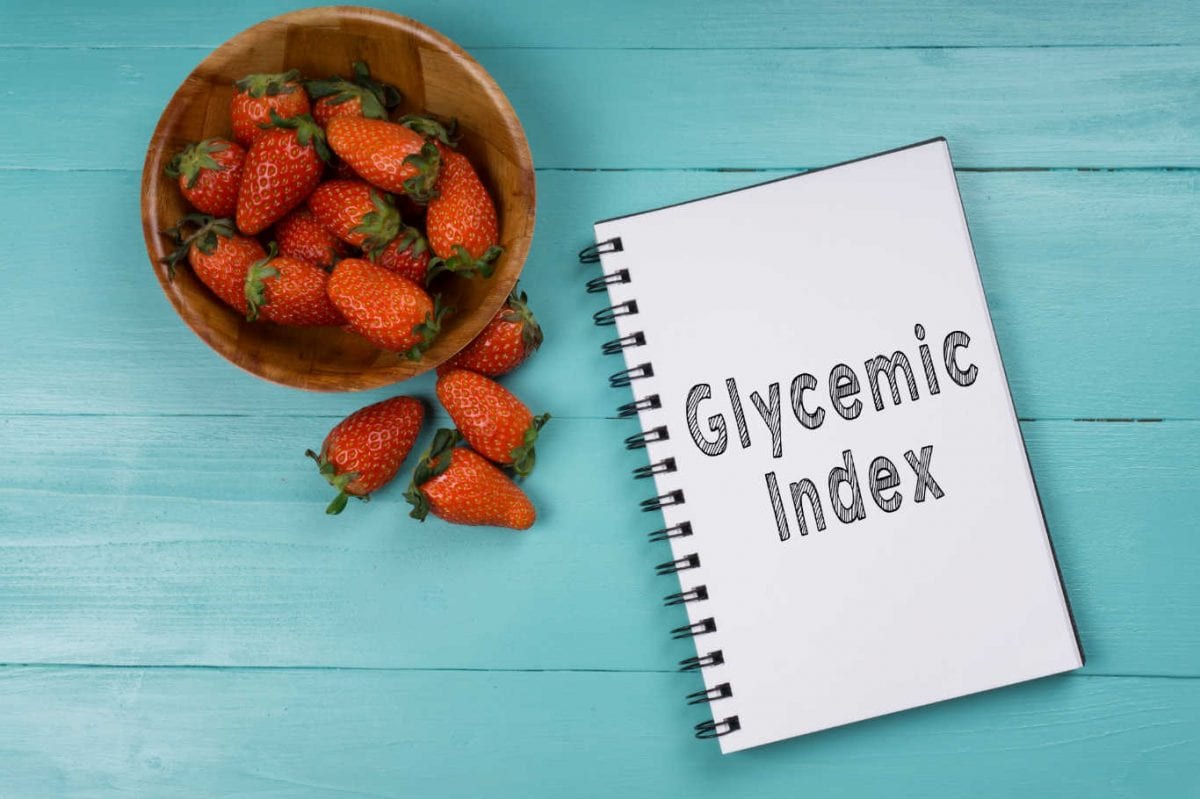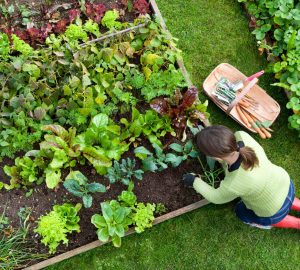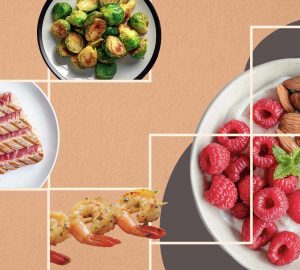You know that feeling of sugar rush and the imminent slump that follows? You can avoid that when you switch to a low glycemic (also known as low GI) diet. This type of diet is based on the concept of the glycemic index. It is supported by studies that indicate how a low GI diet can lower blood sugar levels, reduce the risk of heart diseases, and result in weight loss.
A Quick Look at the Science of the Glycemic Index
The glycemic index rates food from a scale of 1 to 100. It was established by Dr. David Jenkins in the 1980s to measure the direct impact that food has on blood sugar levels. The GI score is based on a number of factors such as structure of the starch, type of sugar contained in the food item, nutritional composition, how refined the carb is, and the cooking method.
The lower the glycemic load, the lesser the chances that a certain type of food is going to raise your blood sugar level. This index is an indicator of the rate of carbohydrate-containing foods can cause your blood sugar to rise (in comparison to pure glucose). For this reason, it is important to emphasize that the index only scores food items that contain carbohydrates.
So Which Foods Are Low GI?
Low GI foods are anything that has a score of 55 and below. Any food that has a score of over 70 is considered high GI.
Beans and legumes are considered as one of the best options for those into a low GI diet. Kidney beans, for example, have a GI score of 24. It is also rich in protein, fiber, potassium, and is low in fat. Chickpeas are also another great option for a low GI diet since it has a score of 28. Like kidney beans, it is also high in protein and fiber. It offers a host of other nutrients such as vitamin B-9, calcium, folate, and potassium.
Carrots is one of the healthiest root crop vegetables and is also a suitable option for a low GI diet (it has a GI score of 39). It is a good source of beta carotene that can promote eye health. It is also rich in antioxidants that can promote healthy cells and prevent cell damage.
Meanwhile, you might have heard how healthy oats is before, so you might want to incorporate that into your low GI diet, as well. With a score of 55, it is high in fiber and other vitamins and minerals such as iron, zinc, magnesium, vitamin B1, and more. It is a healthy breakfast option for those who are at risk for diabetes. In addition, consider adapting beneficial practices that are effective for digestion – buy resistant starch supplements to improve your metabolism.
The low GI diet is considered suitable for those who are diagnosed with diabetes. This is a condition that has affected millions of people worldwide. Anyone who is diagnosed with diabetes is unable to process sugar resulting in a high blood sugar level. By adapting a low GI diet and other means to control blood sugar level, you can delay the onset of complications that could arise from diabetes. Among these complications are damage to your kidneys, heart disease, and stroke.
Being smart about your diet can bring about many health benefits but it is not without a challenge. When you’re leading a busy lifestyle, it’s important to have a range of ‘go-to’ meals and healthy recipes that you can turn to when you’re at home wondering what to cook.
Low GI Recipe Ideas
Now that you know what food items are low in GI, it is important to plan your meals accordingly. Try to incorporate these low GI foods into your daily diet so you can lower your blood sugar level and obtain their nutritional benefits.
You can start off with a healthy and low GI breakfast recipe featuring oats. Prepare overnight oats with berries and your choice of nuts. Some of the best options include blueberries, banana, and nuts like walnut and almonds. You can also make your own healthy toasted granola with rolled oats featuring your favorite dried fruits and nuts. Other low GI breakfast recipe ideas include banana pancakes or oat protein muffins.
For lunch, you can try many low GI recipe ideas such as a chickpea salad featuring cherry tomatoes, roasted red peppers, and goat cheese. You can also make a healthy Moroccan stew with chickpeas or make your own hummus at home (just be sure to switch to a whole wheat bread instead of a white bread to pair it with).
When it comes to dinner, you can try the classic Pinto bean chili featuring kidney beans, Pinto beans, fire roasted chili, and Greek yoghurt. Other recipes you can try with kidney beans is the coconut kidney bean curry or the kidney bean soup. If you are looking for more healthy ideas, you can also opt for a healthy cauliflower casserole dish, baked zucchini, and roasted sweet potatoes.
Eating healthy need not be boring. Take some of these recipe ideas as you build on your low GI diet and keep your blood sugar in control.








